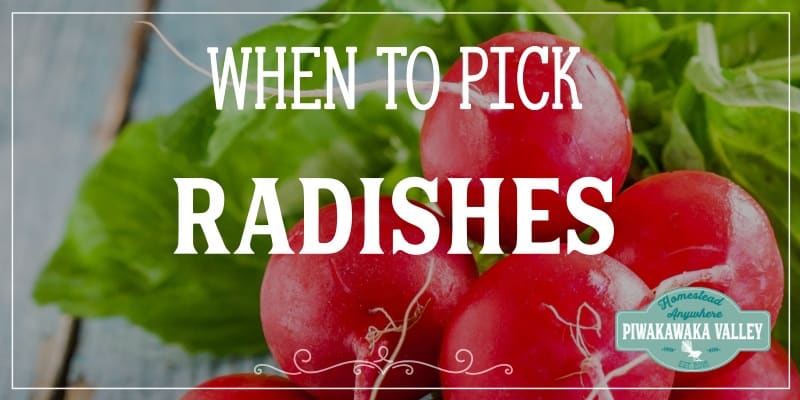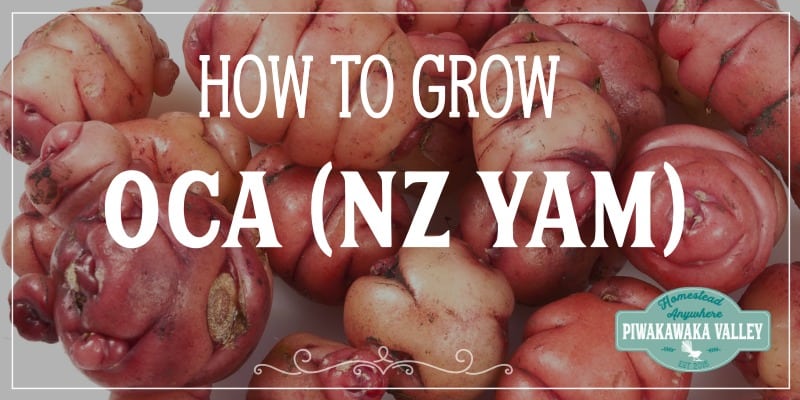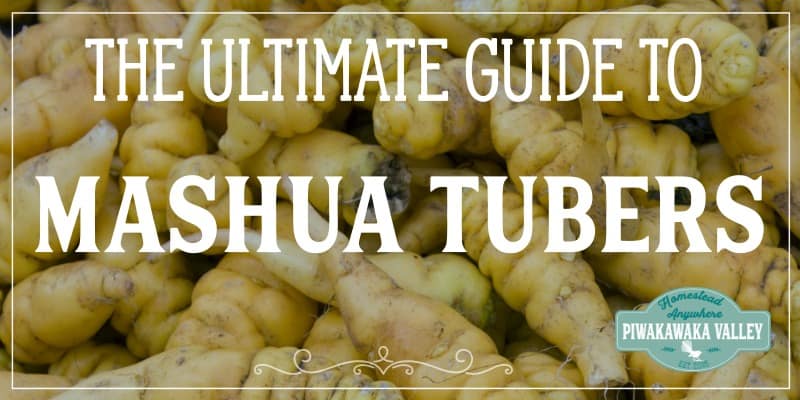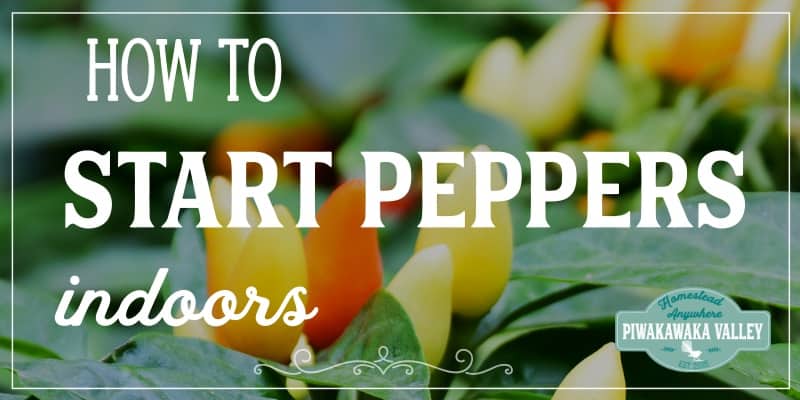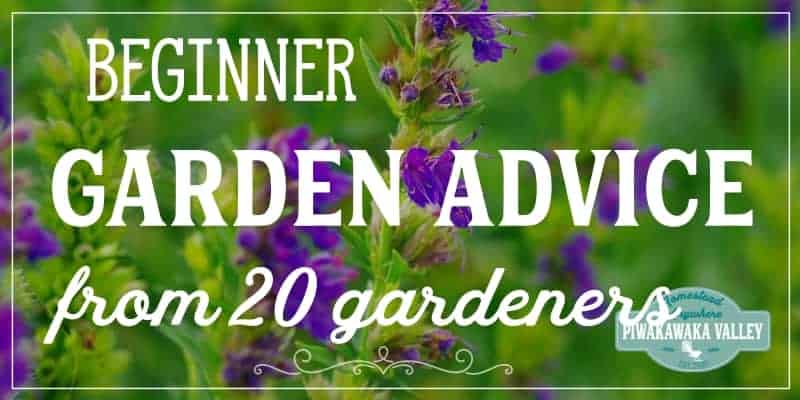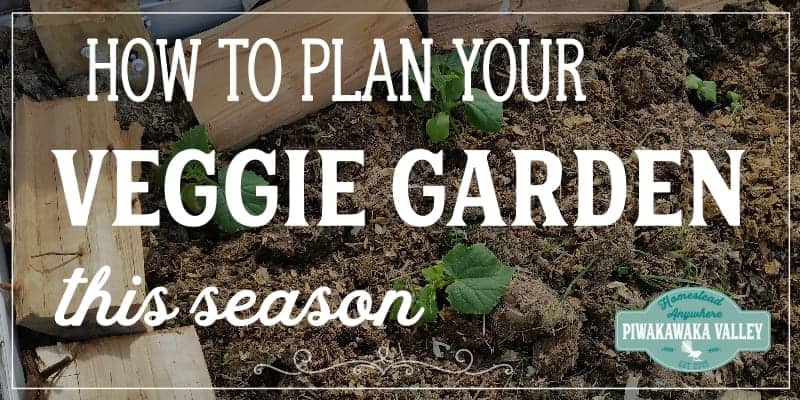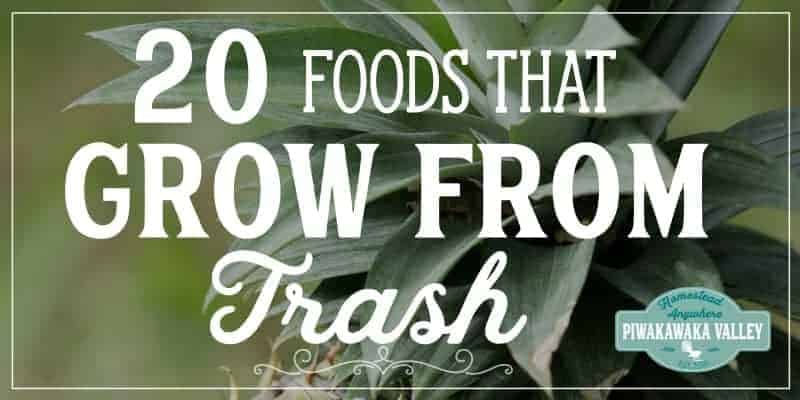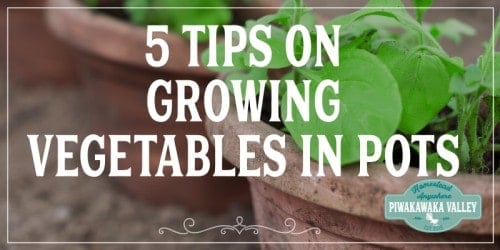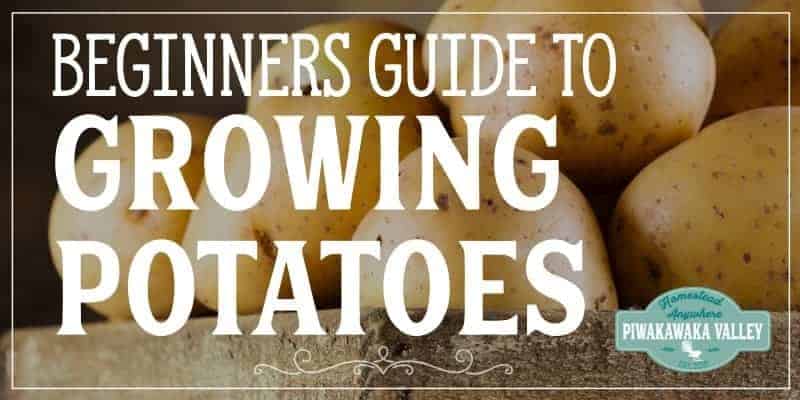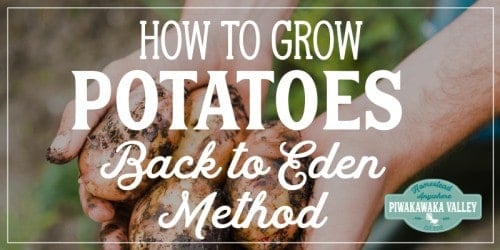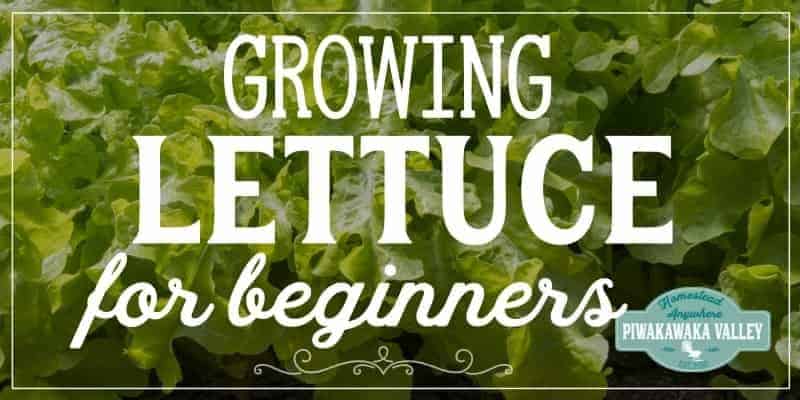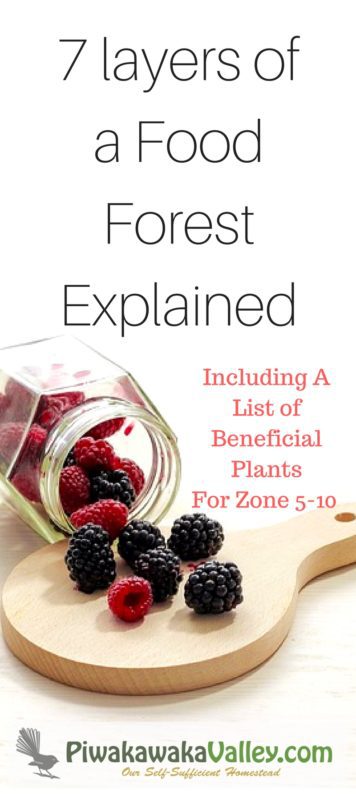This post was most recently updated on January 26th, 2021
Designing a food forest from the ground up can be an overwhelming and seemingly insurmountable task at the beginning. Working out what plants are good food forest plants, and even understanding what exactly is a food forest.
Please read: This information is provided for educational purposes only and is not intended to treat, diagnose or prevent any disease. We encourage you to make your own health care decisions in partnership with a qualified health care professional.
This post contains affiliate links, this means at no extra cost to you, we make a commission from sales. Please read our Disclosure Statement
I have created a series to help you in the design process. I will hold your hand while you get the hang of it all. I am right there beside you growing my own food forest from scratch with you.
First I suggest you read my post about designing your yard the permaculture way if you haven’t already.
Next I show you the steps to designing and creating a permaculture food forest. Below is a deeper explanation of the 7 layers of a food forest, and a list of food forest plants to get you started in your planning.
I have put together a book all about growing a food forest – you can check it out here
Obviously you can plant any plant you choose in your own forest garden, but the rule of thumb I like to go by, is that every plant needs to fulfill at least 2 roles to qualify to being planted at my place.
A food forest plant might provide flowers for the bees, fruit for me and leaf mulch for the soil. Or it might fix nitrogen and provide a climbing frame for a fruiting vine.
You will need to use plants that are best for your gardening zone, I suggest that you talk with your neighbors and the friendly people at your local plan nursery. The food forest plants listed are hardy to about USDA Zone 5, some even lower.
The plants on my perennial vegetable list are perfect plants for your food forest!
The Tall-Tree Layer.
This the canopy – It is made up of full-sized fruit, nut, or other useful trees, with spaces between each tree to let plenty of light reach the lower layers.
Dense, spreading species like the classic shade trees such as maple, sycamore, and beech don’t work well in the forest garden because they cast shadows over a large area.
Better choices are multifunctional fruit and nut trees. These include standard and semistandard apple and pear trees, European plums on large rootstock, and full-sized cherries.
Chestnut trees, Chinese chestnuts, Walnut trees are excellent options, especially if they are pruned to be open to let the light through.
Nitrogen-fixing trees will help build soil, and most bear blossoms that attract insects. These include black locust, mesquite, alder, and, in low-frost climates, acacia, algoroba, tagasaste, and carob.
Since much of the forest garden lies in permaculture landscape zones 1 and 2 (close to the house), timber trees aren’t appropriate as felling trees there would be dangerous.
The canopy trees will define the major patterns of the forest garden, so they must be chosen carefully and planted with plenty of space to let the light through.
| Alder | Alnus |
| American Persimmon | Diospyros virginiana |
| Apple | Malus sylvestris |
| Arazole / Mediterranean Medlar | Crataegus azarolus |
| Black locust | Robinia pseudoacacia |
|
Carob |
Ceratonia siliqua |
|
Cherry |
Prunus avium |
|
Chestnut |
Castanea dentata |
|
Chinese Chestnut |
Castanea mollissima |
|
Cornelian cherries |
Cornus mas |
|
European Plum (Myrobalan) |
Prunus domestica |
|
Hawthorn |
Crataegus spp. |
|
Highbush cranberries |
Viburnum trilobum |
|
Honey locusts |
Gleditsia triacanthos |
|
Japanese Walnut (Heartnut) |
Juglans ailantifolia |
|
Korean Stone Pine |
Pinus koraiensis |
|
Northern Pecan |
Carya illinoinensis |
|
Pear |
Pyrus communis |
|
Siberian Pea Tree |
Caragana arborescens |
|
Stone pine |
Pinus pinea |
|
Tagasaste/ tree Lucerne |
Cytisus proliferus |
|
Walnut |
Juglans |
|
Hawthorns |
Crataegus monogyna |
|
Medlar |
Mespilus germanica |
|
Mulberry |
Morus spp. |
|
Quince |
Cydonia oblonga |
The Low-Tree Layer.
Here are many of the same fruits and nuts as in the canopy, but on dwarf and semidwarf rootstocks to keep them low growing. Also naturally small trees such as apricot, peach, nectarine, almond, medlar, persimmon, pawpaw and mulberry work well here.
In a smaller forest garden, these small trees may serve as the canopy. They can easily be pruned into an open form, which will allow light to reach the other species beneath them.
Other low-growing trees include flowering species, such as dogwood and mountain ash, and some nitrogen fixers, including golden-chain tree, silk tree, and mountain mahogany.
|
Almond dwarf |
Prunus dulcis |
|
Apple Dwarf |
Malus domestica |
|
Apricot |
Prunus armeniaca |
|
Australian Round Lime |
Citrus australis |
|
Banana (Lady Finger) |
Musa acuminata |
|
Beech |
Fagus sylvatica |
|
Cherry Dwarf |
Prunus avium |
|
Citrus Dwarf |
Citrus spp. |
|
Crab Apple |
Malus sp. |
|
Date-plum |
Diospyros lotus |
|
Dogwood |
Cornus |
|
Elderberry |
Sambucus nigra |
|
Japanese peppers |
Zanthoxylum spp. |
|
Fruit Salad Plant |
Monstera deliciosa |
|
Nectarine |
Prunus persica v. nectarina |
|
Olive |
Olea europaea |
|
Pawpaw, Papaya |
Carica papaya |
|
Peach Dwarf |
Prunus persica |
|
Pear Dwarf |
Pyrus communis |
|
Persimmon Dwarf |
Diospyros spp. |
|
Plum Dwarf |
Prunus domestica |
|
Service Tree |
Sorbus domestica |
|
Tamarillo, Tree Tomato |
Cyphomandra betacea |
|
Tree mugwort |
Artemisia arborescens |
|
Bamboo ‘Gracilis’ |
Bambusa textilis ‘Gracilis’ |
|
Serviceberry |
Amelanchier spp. |
|
Silverberry |
Elaeagnus |
|
Acacia/Wattles |
Acacia spp. |
The Shrub Layer.
This tier includes blueberry, rose, hazelnut, butterfly bush, bamboo, serviceberry, the nitrogen-fixing Elaeagnus species and Siberian pea shrub, and many others.
There are a huge range of shrubs available – try to lean towards ones with beneficial qualities – attracting insects, birds, provide food, mulch, nitrogen etc.
|
Acacia/Wattle |
Acacia spp. |
|
Austral Indigo |
Indigofera australis |
|
Blackberry |
Rubus fruticosus |
|
Blueberry |
Vaccinium spp. |
|
Physalis peruviana |
|
|
Currants |
Ribes spp |
|
Curry Plant |
Helichrysum italicum |
|
Edible Savlias |
Salvia spp. |
|
Goji berries |
Lycium barbarum |
|
Gooseberry |
Ribes Uva-crispa |
|
Guavas |
Myrtus spp. |
|
Jostaberry |
Ribes x culverwellii |
|
Large Kangaroo Apple |
Solanum laciniatum |
|
lavender |
lavandula angustifolia |
|
Lemon Verbena |
Aloysia triphylla |
|
Mountain Marigold |
Tagetes lemmonii |
|
Nodding Saltbush |
Einadia wutans |
|
Perennial Basil |
Ocimum gratissimum |
|
Perennial Chilli, Rocoto Chilli |
Capsicum pubescens |
|
Raspberry |
Rubus spp. |
|
River Mint |
Mentha australis |
|
Rose |
Rosa |
|
Rosemary |
Rosmarinus officinalis |
|
Scented Geraniums |
Pelargonium graveolens |
|
Southernwood |
Artemisia abrotanum |
|
Tomatillo |
Physalis philadelphica |
|
Wormwood |
Artemisia absinthium |
The Herb Layer.
Herbs in this layer simply means non-woody vegetation: vegetables, flowers, culinary herbs, and cover crops, as well as mulch producers and other soil-building plants.
Emphasis is on perennials, but we won’t rule out choice annuals and self-seeding species.
|
Asparagus |
Asparagus officinalis |
|
Balm |
Melissa officinalis |
|
Borage |
Borago officinalis |
|
Broad bean |
Vicia faba |
|
Buckwheat |
Fagopyrum esculentum |
|
Calendula |
Calendula officinalis |
|
Comfrey, Knitbone |
Symphytum officinale |
|
Dill |
Anethum graveolens |
|
Fennel |
Foeniculum vulgare |
|
French Sorrel |
Rumex scutatus |
|
Garden Mint |
Mentha sachalinensis |
|
Garlic Chives |
Allium tuberosum |
|
Globe Artichoke |
Cynara scolymus |
|
Hyssop |
Cynara cardunculus |
|
Lemongrass |
Cymbopogon spp |
|
Lovage |
Levisticum officinale |
|
Marigold |
Tagetes |
|
Mint |
Mentha spp. |
|
Oregano |
Origanum vulgare |
|
Parsley |
Petroselinum spp. |
|
Pepino, Pepino Dulce, Melon Pear |
Solanum muricatum |
|
Perpetual/Perennial Spinach |
Beta vulgaris var. cicla |
|
Phacelia |
Phacelia Tanacetifolia |
|
Rhubarb |
Rheum rhabarbarum |
|
Sorrel |
Rumex acetosa |
|
Stevia |
Stevia rebaudiana |
|
Tansy |
Tanacetum vulgare |
|
Yarrow |
Achillea millefolium |
The Ground-Cover Layer.
These are low, ground-hugging plants—preferably varieties that offer food or habitat— Sample species include strawberries, nasturtium, clover, creeping thyme, ajuga, and the many prostrate varieties of flowers such as phlox and verbena.
They play a critical role in weed prevention, occupying ground that would otherwise succumb to invaders.
|
Alpine Strawberries |
Fragaria x vesca |
|
Sweet Alyssum |
Lobularia maritima |
|
Basil Thyme |
Acinos arvensi |
|
Black Cumin |
Nigella Sativa |
|
Clover |
Trifolium |
|
Coral Pea |
Hardenbergia violacea |
|
Corsican Mint |
Mentha requienii |
|
Cranberry |
Vaccinium Oxycoccus spp. |
|
Creeping Oregon Grape |
Mahonia aquifolium |
|
Creeping Snowberry |
Gaultheria hispidula |
|
Creeping Thyme |
Thymus serpyllum |
|
Fat hen |
Chenopodium album |
|
Ground Elder |
Aegopodium podagraria |
|
Kamchatka Bilberry |
Vaccinium praestans |
|
Lingonberries |
Vaccinium vitis-idaea |
|
Lowbush Blueberries |
Vaccinium angustifolium |
|
Marshmallow |
Althaea officinalis |
|
Miner’s Lettuce |
Claytonia perfoliata |
|
Nasturtium |
Tropaeolum majus |
|
Pigface |
Carpobrotus modestus |
|
Prostrate Rosemary |
Rosmarinus officinalis ‘Prostratus’ or ‘Huntington Carpet’ |
|
Roman Chamomile |
Chamaemelum nobile |
|
Running Postman |
Kennedia spp. |
| Rosemary | Rosmarinus officinalis |
|
Sweet Violets |
Viola odorata |
|
Vervain |
Verbena officinali |
|
Warrigal Greens |
Tetragonia tetragonoides |
|
Wintergreen |
Gaultheria procumbens |
The Vine Layer.
This layer is for climbing plants that will use the trees as their climbing frame. Here are food plants, such as kiwifruit, grapes, hops, passionflower, and vining berries; and those for wildlife, such as honeysuckle and trumpet-flower.
These can include climbing annuals such as squash, cucumbers, and melons. Some of the perennial vines can be invasive so they should be used sparingly and with caution.
|
Cantaloupe |
Cucumis melo reticulatus |
|
Chokos |
Sechium edule |
|
Climbing peas |
Pisum sativum |
|
Coral Pea |
Hardenbergia violacea |
|
Cucumbers |
Cucumis sativus |
|
Grape -Sultana |
Vitis vinifera |
|
Grapes |
Vitis spp |
|
Honeydew Melon |
Cucumis melo inodorus |
|
Honeysuckle (Blue-berried) |
Lonicera caerulea |
|
Hops |
Humulus lupulus |
|
Kiwi Berry / Hardy Kiwifruit |
Actinidia arguta |
|
Kiwi fruit |
Actinidia spp |
|
Malabar Spinach |
Basella alba ‘Rubra’ |
|
Maypop |
Passiflora incarnata |
|
Nasturtium (Climbing) |
Tropaeolum majus |
|
Passionfruit |
Passiflora edulis |
|
Perennial bean (scarlet runner bean) |
Phaseolus coccineus |
|
Pumpkin |
Cucurbita pepo |
|
Soybean |
Glycine max |
|
Squash |
Cucurbita |
|
Sweet Potato (‘Bush Porto Rico’/’Centennial’) |
Ipomoea batatas |
|
Watermelon |
Citrullus lanatus |
|
Wild grape |
Vitis vinifera subsp. sylvestris |
|
Zucchini |
Cucurbita pepo |
The Root Layer.
Most of the plants for the root layer should be shallow rooted, such as garlic and onions, or easy-to-dig types such as potatoes and Jerusalem artichokes, otherwise you disrupt the other plants roots too much.
|
Arrowroot |
Maranta arundinacea |
|
Beetroot |
Beta vulgaris |
|
Carrot |
Daucus carota sativus |
|
Cassava (Tapioca) |
Manihot esculenta |
|
Chicory |
Cichorium intybus |
|
Chives |
Allium schoenoprasum |
|
Daikon |
Raphanus sativus L. |
|
Daylilly |
Hemerocallis fulva |
|
Echinacea |
Echinacea angustifolia |
|
Garlic |
Allium sativum |
|
Ginger |
Zingiber officinale |
|
Ginseng |
Panax spp. |
|
Groundnut |
Apios americana |
|
Horseradish |
Armoracia rusticana |
|
Jerusalem artichoke |
Helianthus tuberosum |
|
Liquorice |
Glycyrrhiza spp. |
|
Native ginger |
Hornstedtia scottiana |
|
Oca, New Zealand Yam |
Oxalis tuberosa |
|
Onion |
Allium cepa |
|
Parsnip |
Pastinaca sativa |
|
Potato |
Solanum tuberosum |
|
Salsify |
Tragopogon spp. |
|
Sweet Potato |
Ipomoea batatas |
|
Tree/Egyptian Walking Onions |
Allium cepa var. proliferum |
|
Welsh onion |
Allium fistulosum |
|
Yacon |
Smallanthus sonchifolius |
|
Yam Daisy |
Microseris scapigera |
For further reading, I really recommend all of these books. I own every one of them and they are amazing resources!
Do you have a food forest at your place? What are your favorite food forest plants? Tell me about them in the comments below.
If you would like help getting the most out of your garden, I would love to help you, find out more here
RELATED: Free Gardening Resources
If you like tips on frugal living, self sufficiency and consuming less, sign up to our newsletter below, I would LOVE to have you
For further reading, I also recommend all of these books. I own every one of them and they are amazing resources!
Please pin and share!







